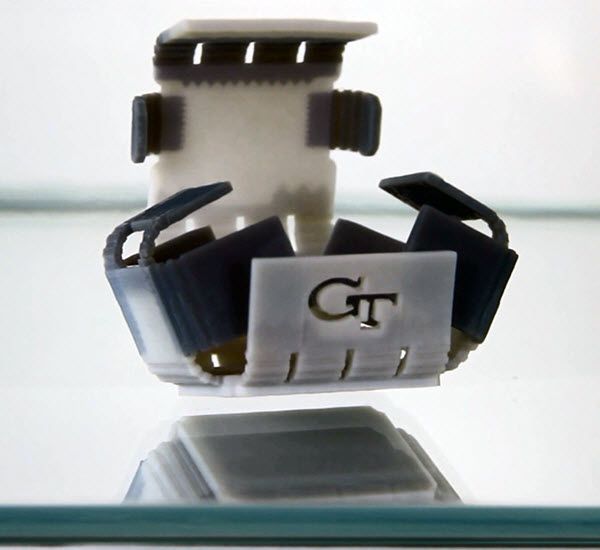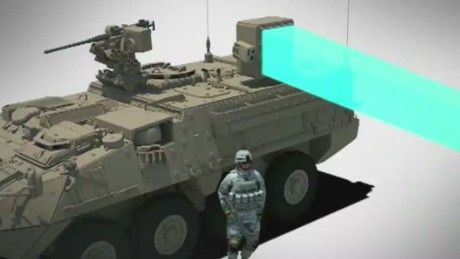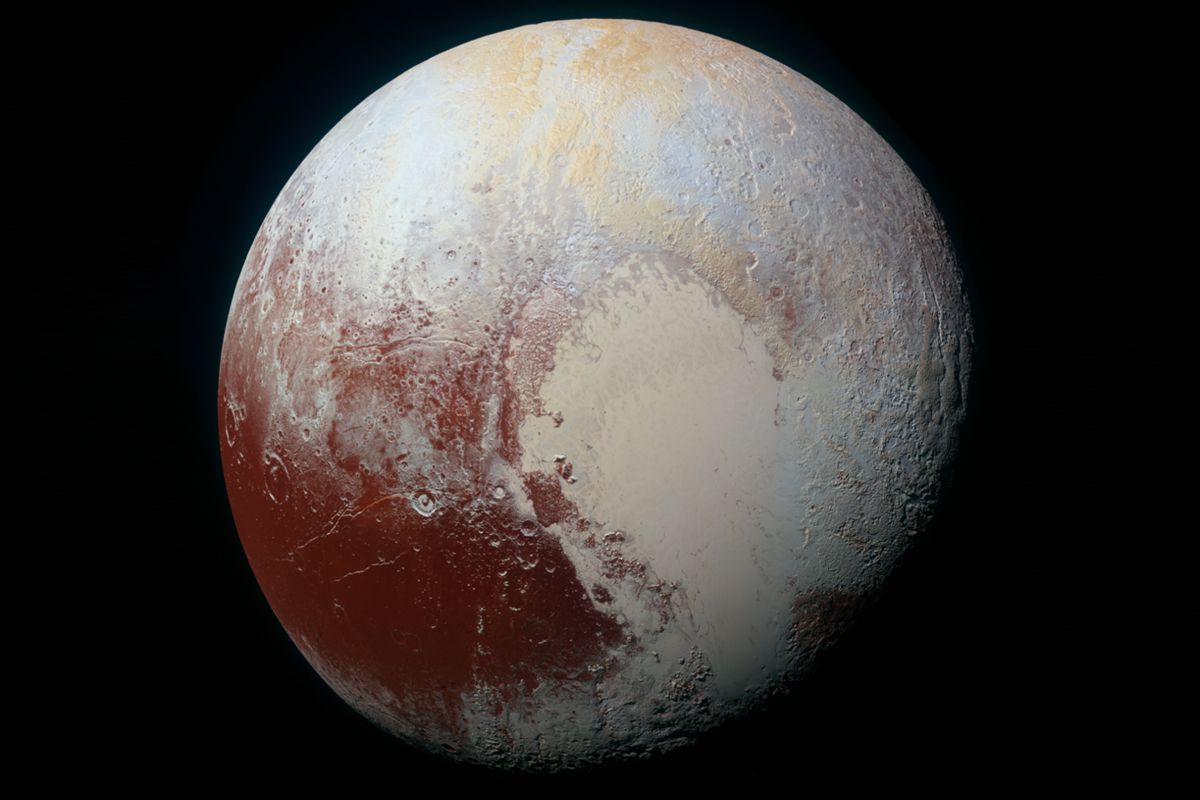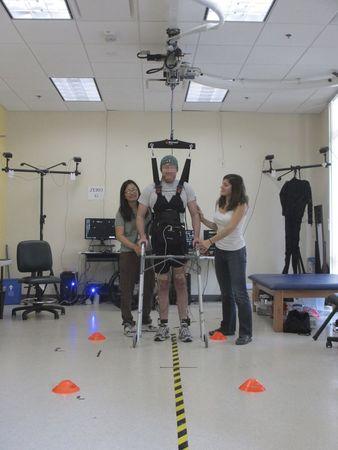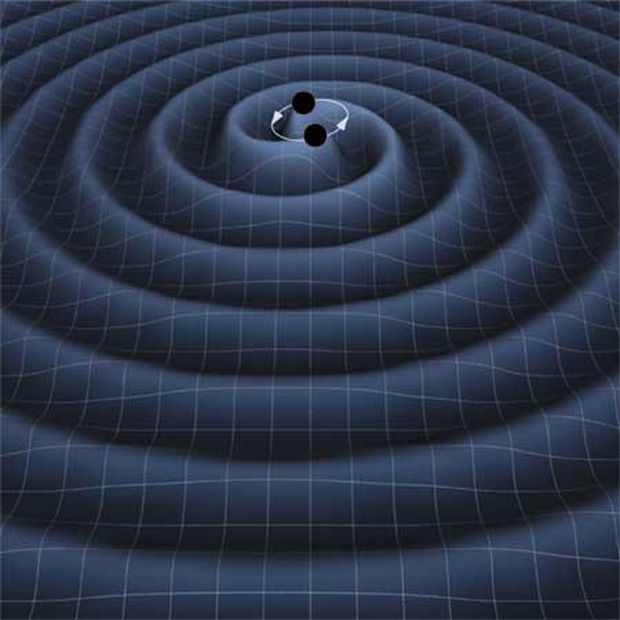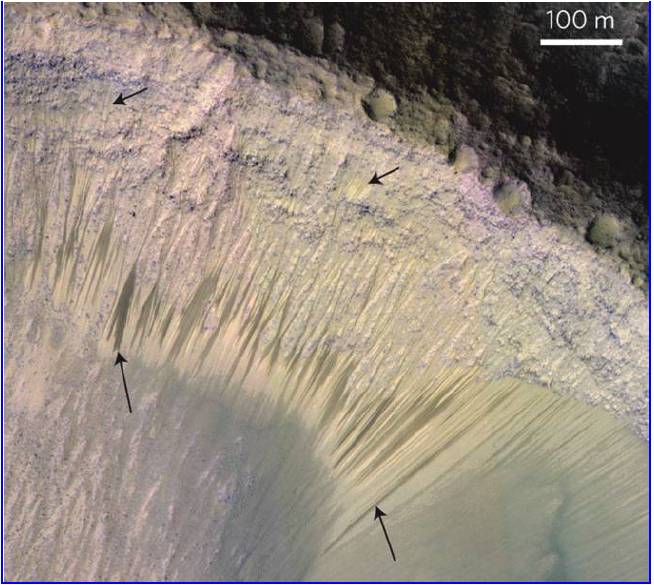Sep 24, 2015
‘4-D’ printing technology allows self-folding of complex ‘transformer’ objects, using smart shape-memory materials
Posted by Sean Brazell in categories: 4D printing, materials
This image shows the self-folding process of smart shape-memory materials with slightly different responses to heat. Using materials that fold at slightly different rates ensures that the components do not interfere with one another during the process. (credit: Qi Laboratory)
Using components made from smart shape-memory materials (which can return to their original shape) with slightly different responses to heat, researchers have demonstrated a “four-dimensional” printing technology that allows for creating complex, self-folding structures.
